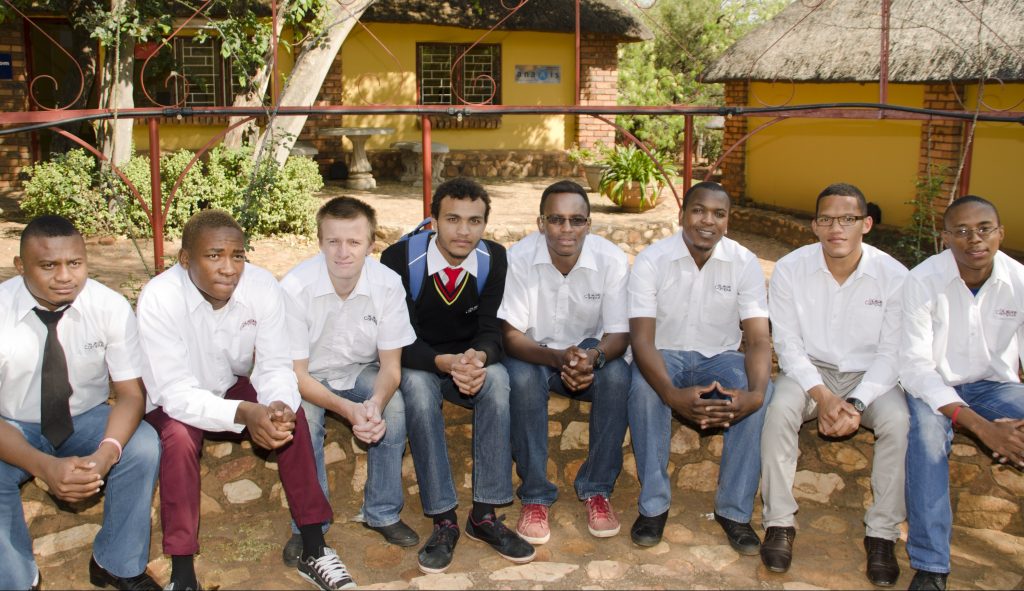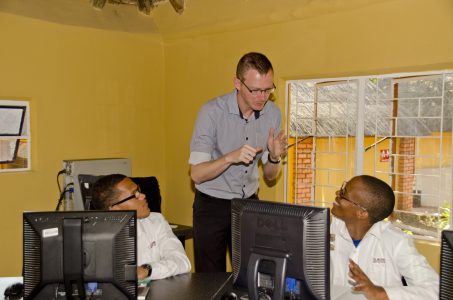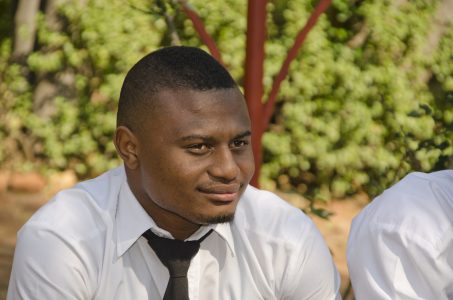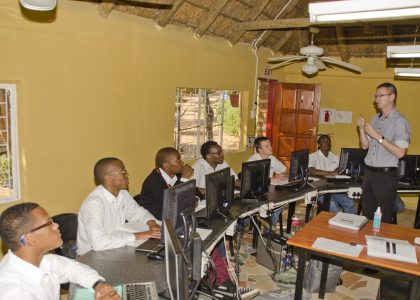Compared to other tertiary institutions around the country, Belgium Campus is relatively small. With only 600 students, and nestled in the leafy Pretoria suburb of Heatherdale, the private university started back in 1999 with a clear goal in mind: to alleviate the educational and unemployment challenges that exist in South Africa.
But today, they’re not only producing highly-skilled ICT graduates – never mind the fact that Belgium Campus graduates have a 100% employment rate, and that this small institution produces over 10% of IT professionals in SA – they’re creating strides with a new programme in particular, one that specifically tackles another educational need in the country: creating tertiary opportunities for the deaf.
[su_quote align=”right”]”If I wasn’t chosen to study right now I might have been working a low income job where my potential would be wasted. At BC I can be educated and get new skills so I can develop something new.” Sthembiso Nzuza, Belgium Campus deaf student. [/su_quote]
“Like many countries around the world, companies have to employ disabled people… but no one is training them,” explains Enrico Jacobs, Belgium Campus’ vice chancellor. “The deaf community has been left behind. If you’re in a wheelchair, you can attend any major university across the country, but if you are deaf you still won’t be able to hear what the professor is saying. Sure, you can buy and read the book… but who is going to explain it to you?”
Jacobs’ observation is startling; while many institutions offer vocational training to deaf students, Belgium Campus is the only educational institution (at the moment) attempting to transform the landscape of deaf education as a whole with its new Diploma in Information Technology. In fact, Belgium Campus is the first tertiary qualification of its kind, positioned at NQF level 6 in deaf education.
It’s a tough question but one that needs to be asked: why can’t deaf students in South Africa become software developers or business analysts? Their potential is just as great as a hearing student with high-level maths and problem-solving literacy capabilities.
[su_column][su_box title=”Education for students with disabilities explained…” box_color=”#f37021″]Education provision for the Deaf in South Africa has had a complex history, and many challenges remain, particularly with respect to quality. For those who do access education, quality is often questionable. Many of the teachers in schools catering for Deaf learners are poorly trained in South African Sign Language (SASL), and this limits the curriculum coverage that is possible. Further, where SASL is a first language, English is then learnt as a second language using the resources of the first language (SASL), which has no written form, alongside varying degrees of phonetic awareness. As a result of these challenges, the average deaf school leaver in South Africa is exposed to no or very little meaningful education and training.[/su_box][/su_column]
“The deaf population (including those hard of hearing) is over 400,000 in South Africa. We’ve got fantastic specialised schools, such as St Vincent School for the Deaf, who may be preparing its students for higher education and the future, but they’re often left disappointed because there is nothing for them,” adds Jacobs. “These students are very ready for higher education, but our universities simply do not cater this community.”
Given the nature and intensity of Belgium Campus’ new Diploma in Information Technology, the decision was taken to spread the course out over four years, including one year of in-service training with a company.
This year’s pilot project, which began in January 2015 and is funded by the National Skills Fund (DHET), has eight deaf students. And to facilitate teaching, Belgium Campus has employed sign language interpreters who can translate simultaneously during lectures.
“This is the maximum, more or less, that you can take in one classroom,” explains Jacobs. “You have to translate simultaneously while giving a class. Also, a lot of the language doesn’t exist within sign language which means a lot has to be created. There are also new concepts which means the pace is a lot slower…”
In their first year, deaf students will attend dedicated classes. From their second year, they will attend mixed classes, encouraging interaction between deaf and hearing students as they work together on projects.
“What we’ve seen from the course so far, is that it is going very well,” says Jacobs. “The students are performing well, grasping the subject matter, and the results speak for themselves – the deaf students are performing just as well as the other students enrolled at Belgium Campus.”
The deaf students may be coping well, but a new world has also opened up for the hearing students on the campus.
[su_quote align=”left”]“My studies here are very interesting. Here at BC I feel intelligent while we study IT. I can also not wait to start learning programming.” – Qiyaamudien Magmoet, Belgium Campus deaf student. [/su_quote]
This type of interaction will further blur the line between the world of the deaf and that of the hearing, benefiting all students involved. In essence, they’re learning from each other how to communicate.
“It’s actually a greater experience for the hearing students. All of our students (and staff) are now going through sign language courses,” adds Jacobs.
Belgium Campus’s pilot programme for deaf students is a truly unique offering within the South African education landscape, one which will hopefully revolutionise deaf education and give students themselves the opportunity to improve themselves, their families and their communities.
“No matter the type of student, it’s the reward that you get, that we feel as an institution, when a student is employed… when you can see the difference that we’re actually making in their lives. That matters. Belgium Campus grads live up to their expectations,” ends Jacobs. “We may be small, but the difference we make is very tangible.”
This feature is part of a special series focusing on IT in Education, brought to you in association with Intel. See the complete collection (so far) by clicking here. All parties involved in this project are grateful to the National Skills Fund (NSF) for their generous financial aid over four years to make this a reality.




